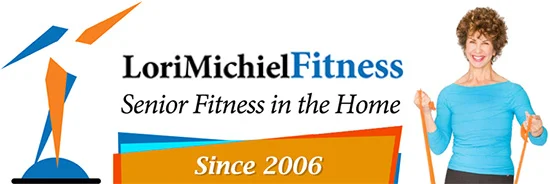Stretching for Mobility
We are all human. Even if we were track stars, gymnasts, dancers or remained active most of our lives, our flexibility and mobility can wane over time. The long-term goal of stretching is to increase mobility to enable physical activity and to reduce the incidence of falls.1 Practicing stretching pre- and post-workout can also help decrease soreness.
 Strength training should never be overlooked, it keeps us independent. However, stretching, which becomes just as important, if not most important, also needs to be incorporated into our daily exercise routines.
Strength training should never be overlooked, it keeps us independent. However, stretching, which becomes just as important, if not most important, also needs to be incorporated into our daily exercise routines.
Our mobility and independence can be severely limited when our trunk and other upper body muscles are affected. Who doesn’t have tight hips? This can affect our gait, how we walk or back discomfort–which occurs in 70% of our population. Our range of motion in our shoulders can also reduce our ability to lift or pull objects.
There are various ways to stretch:2 before and after exercise, and there are countless ways of how long to hold a stretch and how often to do it. After my hip replacement surgery, my physical therapist told me to hold a stretch for 10 seconds and repeat twice. He said to do these two to three times a day. Wow! I can’t imagine how I’d feel if I didn’t. It has made all the difference in my mobility. I may never be able to do a split again, but who cares, what purpose does it have? I can walk up the steps more easily, ride my bike again, walk to my heart’s content and take care of things around the house.
Besides traditional stretching, using a tennis ball, foam rollers, and other equipment designed to break up the fascia, the tissue within each muscle can help when you feel tight and stiff. Take a look at our videos that focus on strength and mobility using resistance bands and strength and mobility using resistance tubes.
Don’t cut out stretching from your routine. Take those extra 10 minutes to free up your muscles and joints and remain mobile.
Sources:
1Department of Health and Human Services, 2008. http://www.health.gov/
2Source: Fahey TD, Insel PM, Roth WT. Fit and Well. 5th ed. Boston, MA: McGraw-Hill; 2009
